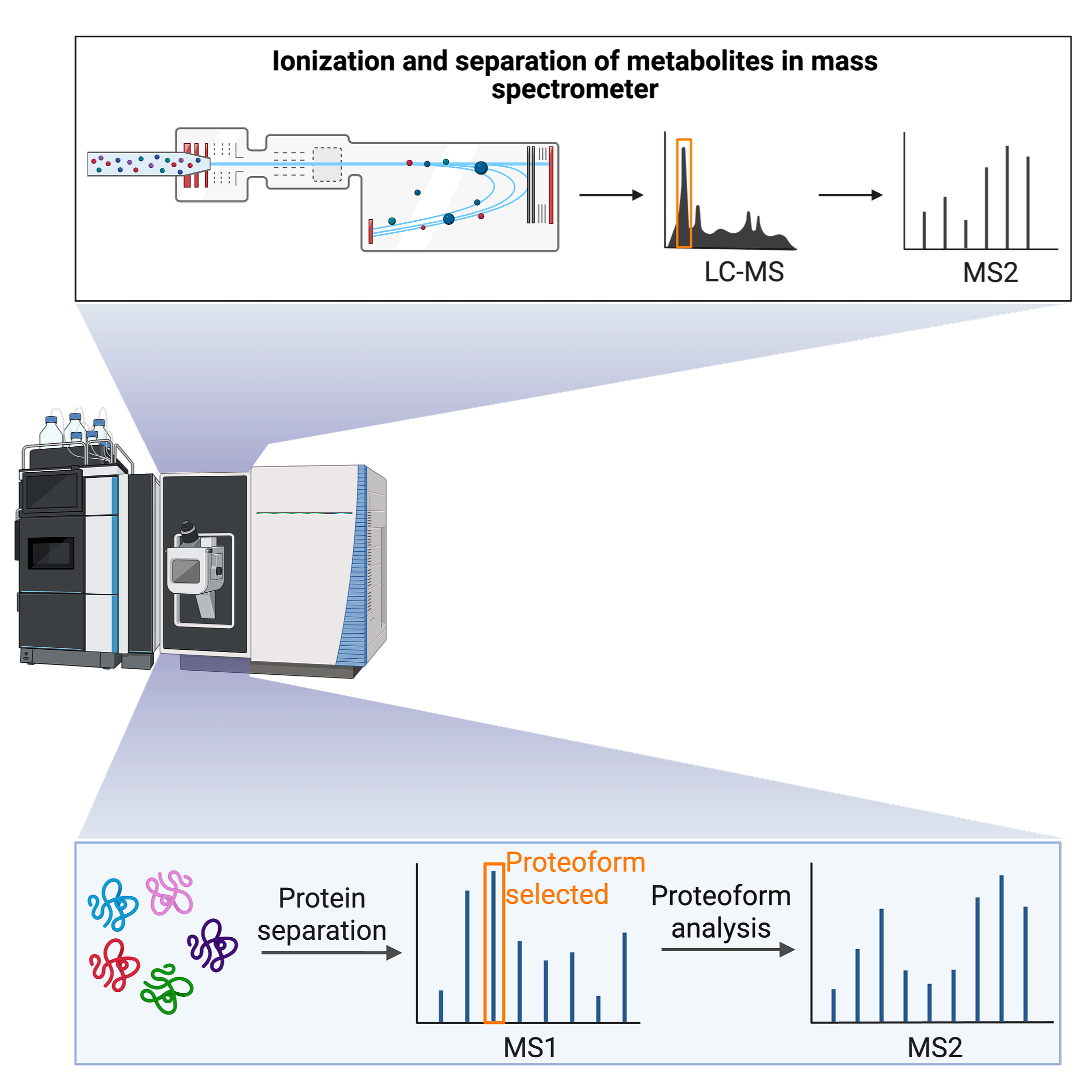
Synchronizing Life's Rhythms
Unveiling the Power of the Circadian Clock in Aging and Disease
What We Do
Our research focuses on understanding the mechanisms regulated by the circadian clock that become impaired as we age, and leveraging our knowledge to better understand healthy aging as well as the pathophysiology of diseases such as age-related immune dysfunction, metabolic and sleep disorders, stroke and vascular dementia.
Why We do it
The circadian clock is a critical aspect of every living organism, from bacteria to humans, synchronizing all physiological mechanisms within an organism with the external environment to maintain homeostasis. This process allows every cell/tissue/organ to anticipate changes in its immediate environment to facilitate an appropriate response. Unfortunately, as we age, our circadian clock function declines, increasing our risk for disease.
Our research goal is to identify the specific mechanisms under circadian clock control that influence the aging and age-related disease processes, specifically in the immune and nervous systems, and to use this knowledge to develop therapeutic strategies to promote healthy aging and address age-related pathologies.
Our Research
Created in https://BioRender.com
Circadian Biology
Circadian clocks orchestrate daily rhythms in cellular function, including immune responses and brain activity. We study how the core circadian transcription factor BMAL1 regulates microglial function. Our findings show that loss of BMAL1 in myeloid cells disrupts circadian regulation of microglia, leading to impaired synaptic pruning, persistence of immature synapses, disrupted sleep–wake cycles, and accelerated cognitive decline with aging. These studies highlight circadian timing as a critical regulator of brain–immune interactions and a potential therapeutic axis in neurodegeneration.
Metabolism
Energy metabolism is central to immune cell function. We discovered that NAD⁺, a vital metabolic cofactor, becomes depleted in aged monocytes after stroke, driving metabolic exhaustion and hyperinflammation. Restoring NAD⁺ with nicotinamide riboside reprograms aged monocytes toward balanced energy use, reduces systemic and brain inflammation, preserves gut barrier integrity, and improves recovery after stroke. In parallel, we use in vivo metabolic tracing to define how microglia and monocytes switch between glucose, glutamine, and fatty acid metabolism across circadian cycles and aging.
Immune Function
Our research interrogates both circulating monocytes and brain-resident microglia, which are central to post-stroke inflammation, synaptic pruning, and neuroimmune homeostasis. We examine how aging and circadian misalignment reprogram their inflammatory responses, synaptic interactions, and tissue-repair functions. By linking metabolism to immune behavior, we uncover mechanisms by which disrupted energy use and circadian timing contribute to chronic inflammation and cognitive decline.
Aging and Disease
Aging is the strongest risk factor for stroke and neurodegenerative diseases such as Alzheimer’s and Parkinson’s. Our research demonstrates that aging exaggerates inflammatory responses to stroke, driven by metabolic dysfunction in monocytes and microglia. Aged immune cells adopt hyperinflammatory phenotypes, fail to restore tissue homeostasis, and worsen neurological outcomes. By uncovering how age-dependent changes in immune regulation accelerate disease progression, we aim to define interventions that restore resilience in the aging brain.
Methodology
We apply a highly integrative toolkit that spans molecular, cellular, and systems neuroscience. This includes:
Multi-omics approaches (untargeted metabolomics, proteomics, cytokine/chemokine profiling) to map metabolic and inflammatory states.
Genetic models (myeloid-specific BMAL1 knockout mice) to dissect circadian regulation of immune cells.
Environmental models (chronic circadian disruption) to study how misalignment alters brain–immune interactions.
In vivo metabolic tracing using stable isotopes to identify energy substrate use in microglia.
Functional outcomes including stroke models, behavioral assays of cognition, synaptic physiology, and gut barrier integrity.
Together, these approaches allow us to comprehensively map how aging and circadian biology intersect with immune metabolism to shape brain health and disease.
OUR FUNDING SOURCES
WE ARE SO GRATEFUL TO THOSE WHO SUPPORT OUR RESEARCH





